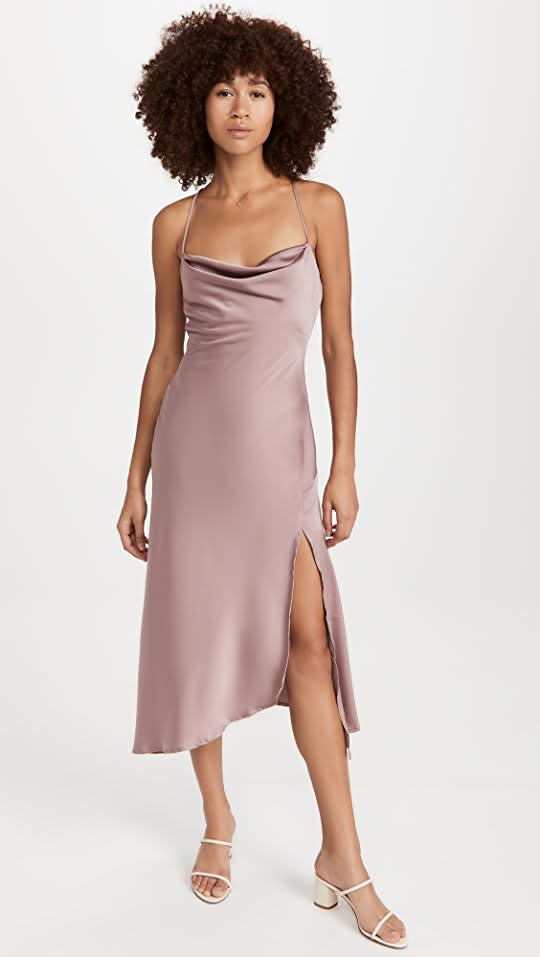Building trust in brands and retailers’ sustainability goals
Accelerating motion on local weather alter dominated the news agenda last month, as earth leaders, politicians and renowned faces descended on Glasgow for the United Nations’ COP26 local weather summit. Governments and enterprises stand in settlement: urgent improve is required to slice carbon emissions, and preserve the rise in worldwide typical temperature beneath 1.5°C.
The fashion industry is also recognising its ecological obligations. A wave of fashion merchants have set out daring new sustainability initiatives, and pledged to report back again with transparency and regularity to their individuals, buyers, and stakeholders. In September, Primark, for case in point, unveiled its Primark Cares sustainability tactic, which bundled aims such as earning its apparel from recycled or sustainably sourced components by 2027, and halving carbon emissions across its entire price chain by 2030.

The same month, Asos declared new sustainability goals to make its operations carbon neutral by 2025 and reach web zero throughout its price chain by 2030. The online pureplay also promised to publish a in depth human rights technique and implementation studies yearly from 2023.
Fashion’s new sustainability techniques are becoming driven by a number of aspects. Firms are certainly below raising tension from investors and loan providers to go environmentally friendly. John Lewis Partnership, for illustration, signed a new finance deal at the close of Oct that is tied to sustainability targets. The fascination prices it will pay out on a five-yr credit rating facility will vary based on no matter if it achieves 3 environmental targets on cutting down carbon emissions, chopping food stuff waste in its Waitrose grocery store division and shifting absent from fossil fuels.
Purchaser pressure is yet another massive driver of the style industry’s newfound desire in tracking and reporting sustainability metrics.
“Retailers are rightly cautious of climate transform turning out to be a substantially more decisive difficulty with consumers in the years to arrive, with rental and, a lot more importantly, resale manner starting off to get traction,” argues Patrick O’Brien, Uk retail analysis director at facts and analytics company GlobalData. “Like weather change by itself, leaving it far too late to start out earning adjustments to supply chains is not a great concept when the tipping place could be achieved before long.”
Exceptional research by Drapers previously this yr also proves that crystal clear development on sustainability is a actual problem for United kingdom purchasers. A quarter of shoppers surveyed reported they think about sustainability all the time when shopping for fashion, and fifty percent from time to time consider about it. Approximately two-thirds (64%) of consumers surveyed explained they have created a conscious selection to be much more sustainable usually, when 54% have built a conscious final decision to be much more sustainable when purchasing style. A third said they have turned down a obtain because of unsustainable packaging.
Furthermore, in October, US investigation organisation Cotton Incorporated’s Life style Check study discovered that just about nine in 10 (86%) people reported their “concerns close to environmental adjust are really real” and require behavioural modify.
To have any probability of remaining suitable to today’s individuals, vendors need to come across methods to display very clear, measurable action on their sustainability efficiency. A single way to accomplish this is by partnering with programmes this sort of as the US Cotton Have confidence in Protocol, which can enable stores and brands with sustainability reporting.
The Belief Protocol delivers quantifiable, verifiable objectives and measurements to more sustainable cotton production, driving continuous improvement throughout 6 critical sustainability metrics: land use, soil carbon, h2o management, soil loss, greenhouse gasoline emissions and electricity effectiveness. Belief Protocol associates can use that data to reveal to customers and other stakeholders how their products and solutions meet up with their sustainability commitments. The Believe in Protocol is working with merchants and makes like Next, Levi’s, Gap and Tesco.
“The urgency to act on the world’s climate disaster has been very well documented and COP26 not too long ago shone an even increased gentle on the operate essential to correctly struggle local weather modify. Models and vendors are knowledgeable of how promptly they need to act and realize the position they have to have to participate in. The subsequent sustainability plans they established, and the development they make toward them, are all aspect of our collective effort and hard work to preserve and shield our planet,” explains Gary Adams, president of the US Cotton Have faith in Protocol.
“Alongside a sense of environmental responsibility, models are also experiencing greater scrutiny from their purchaser foundation. Additional discerning consumers are now inquiring for dresses made a lot more sustainably and with additional sustainable elements. Likewise, buyers and policymakers are also starting off to request the same concerns.”
Adams states the Have confidence in Protocol can equip stores with unrivalled sustainability knowledge, making it possible for them to obviously monitor and connect their development: “We can provide our customers with combination year-on-12 months discipline-degree info from cotton grown on our grower members’ farms. By way of our work with Discipline to Industry, an initiative working to unite the agricultural provide chain, our growers use the Fieldprint Calculator instrument to observe development from environmental metrics. This stands as our unique proposition to the fashion field: delivering a degree of data earlier not out there.”

Obtaining quantitative details at their fingertips is necessary for fashion organizations to stay clear of accusations of “greenwashing”. A report by sustainability human body Switching Marketplaces Basis in June labelled up to 60% of sustainability statements from large road and luxurious brands as greenwashing.
“Sustainability studies – and the sustainability methods contained inside them – have normally been effectively acquired by market stakeholders,” says the Have confidence in Protocol’s Adams. “However, throughout all industries, reporting is only as fantastic as the info collected. The trend sector, with its complicated supply chain, has historically uncovered it challenging to obtain dependable data. As the declaring goes – if you simply cannot evaluate it, you just cannot increase it. In the deal with of powerful scrutiny, manufacturers need help in proving the modify they’re generating is true.”
As we go on to see the effects of climate improve on the world close to us, pressure to reshape the trend field from buyers will only grow. Environment sustainability goals and reporting back on them are currently becoming the industry typical for models and retailers eager to reveal their willingness to be portion of the solution, not the issue. To set significant sustainability techniques, vendors have to be equipped to present obvious development across sustainability metrics.
To uncover out more about how the US Cotton Have faith in Protocol can make improvements to your sustainability general performance, be sure to take a look at its internet site or email [email protected]
Dressed in knowledge: how innovation is driving sustainability

In partnership with the US Cotton Belief Protocol, this in-depth Drapers report delves into how data, tech and other electronic innovations are encouraging to push sustainability ahead in the fashion and textile sector, and are assisting makes and retailers in tracking their progress and attaining their sustainability goals.
Simply click below to read the entire report








